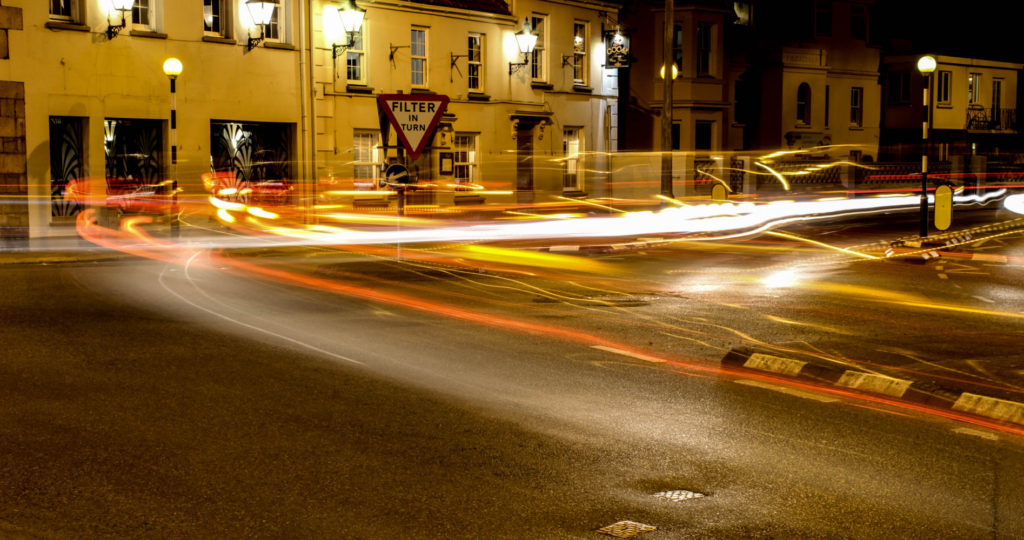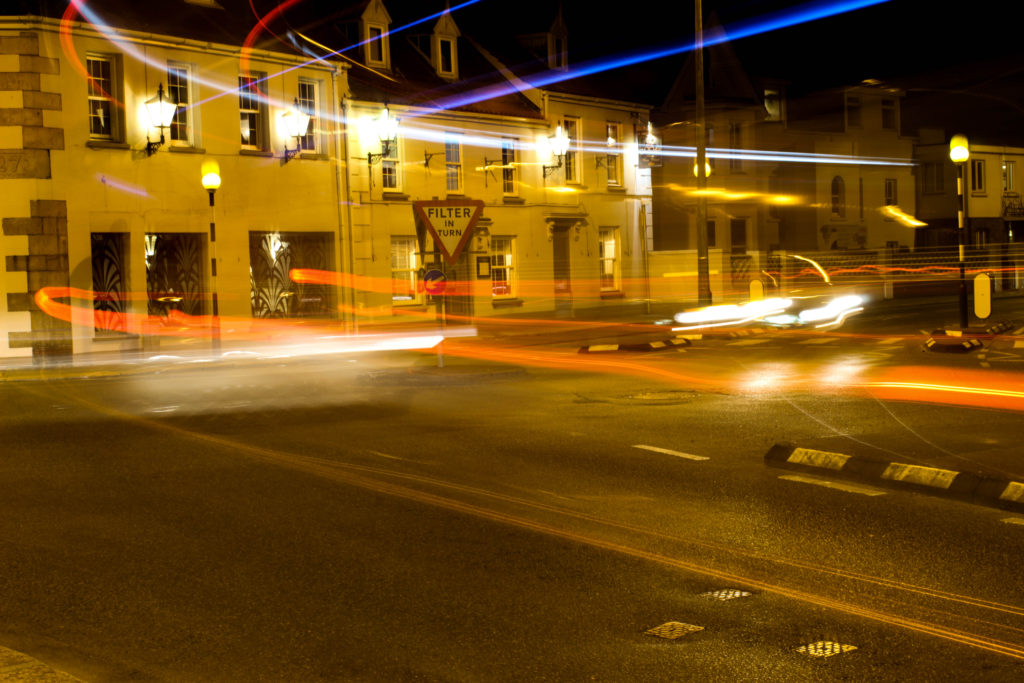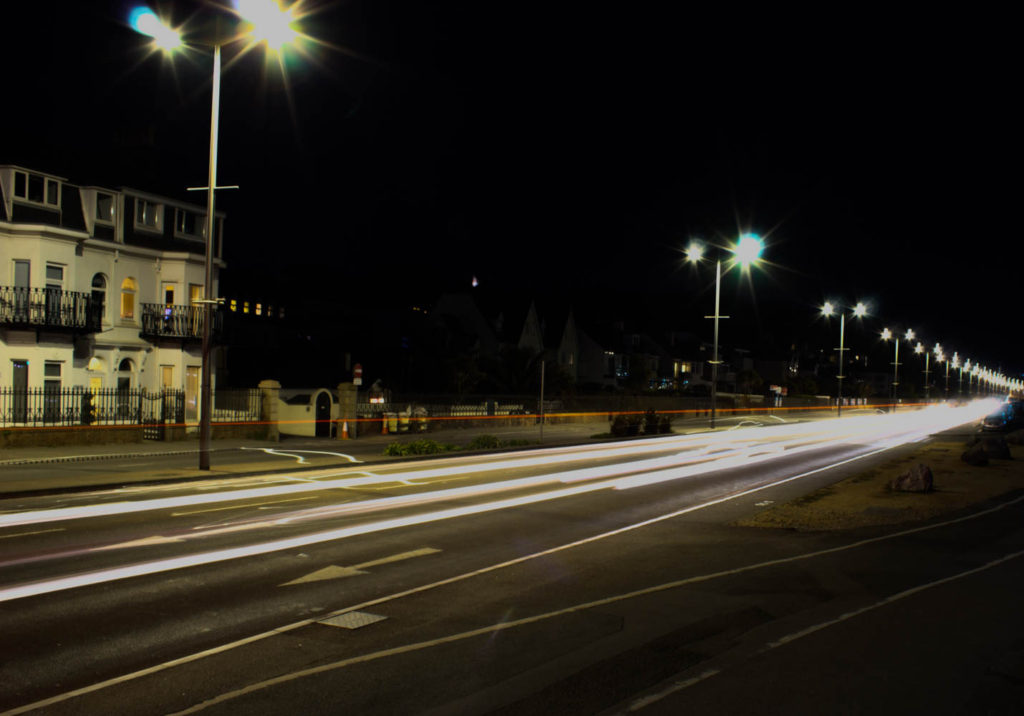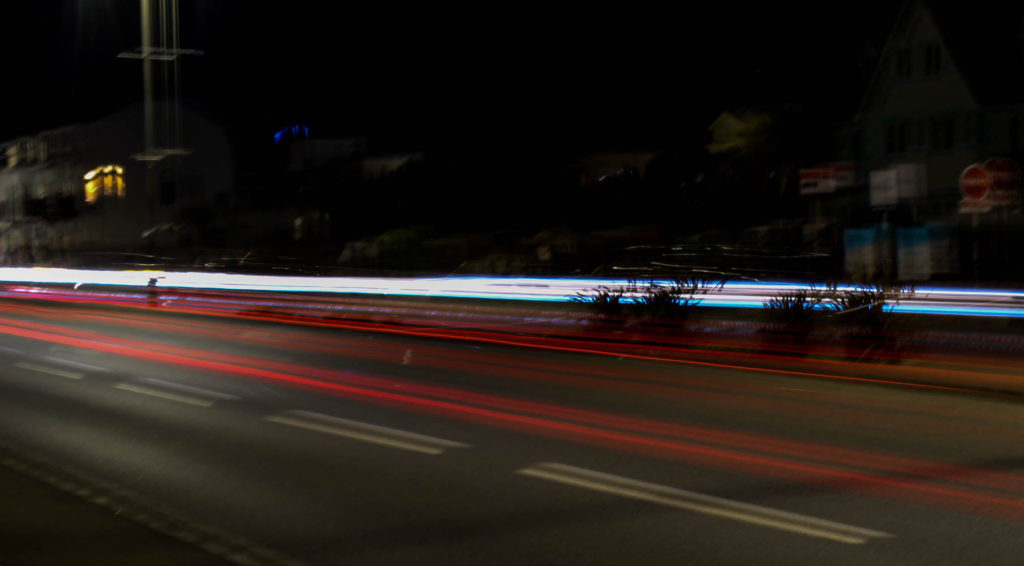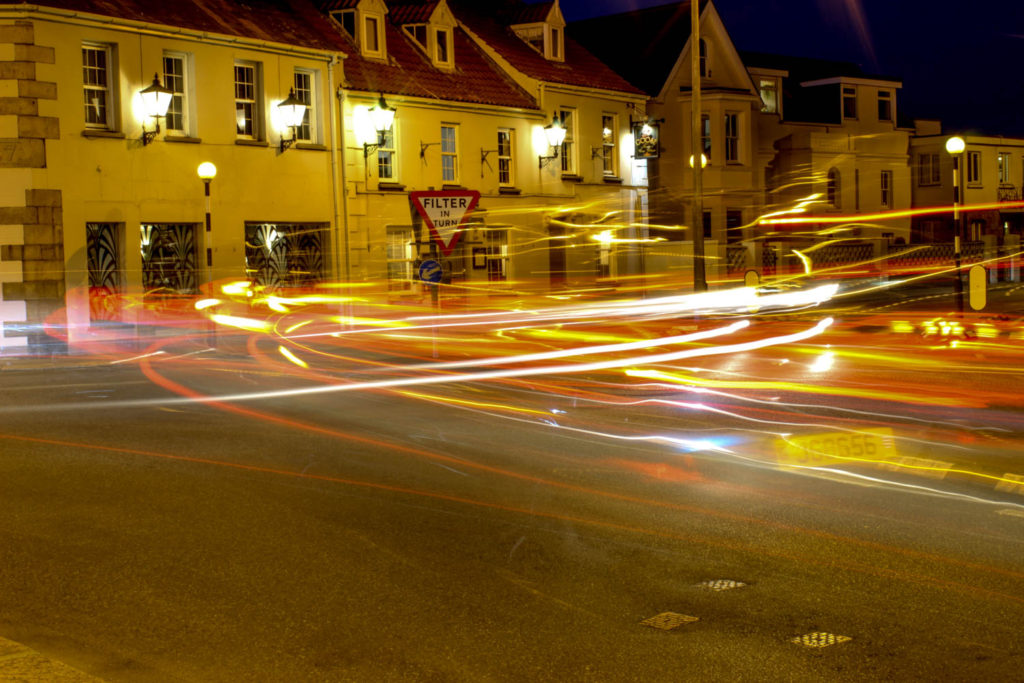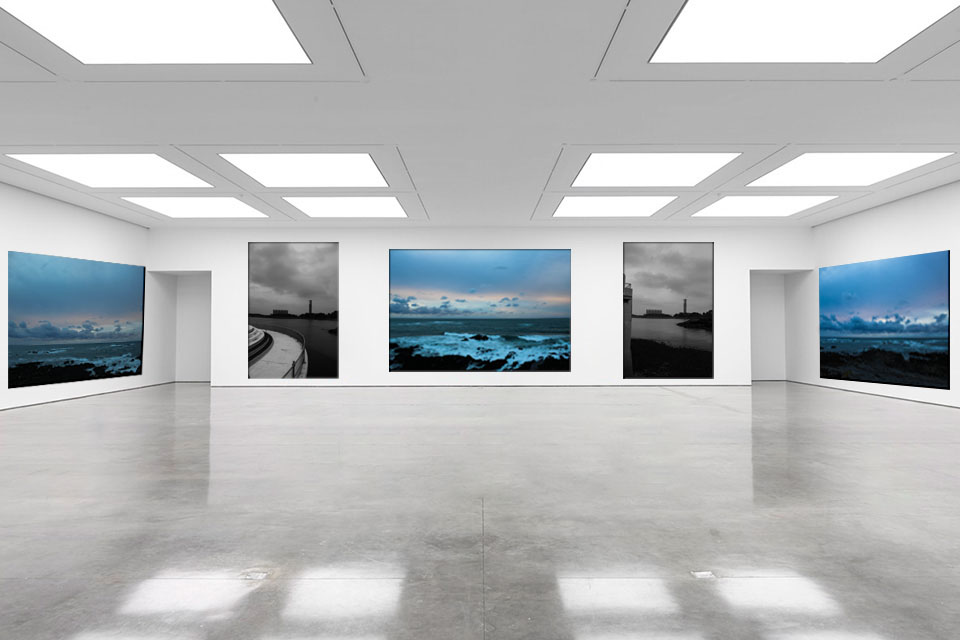
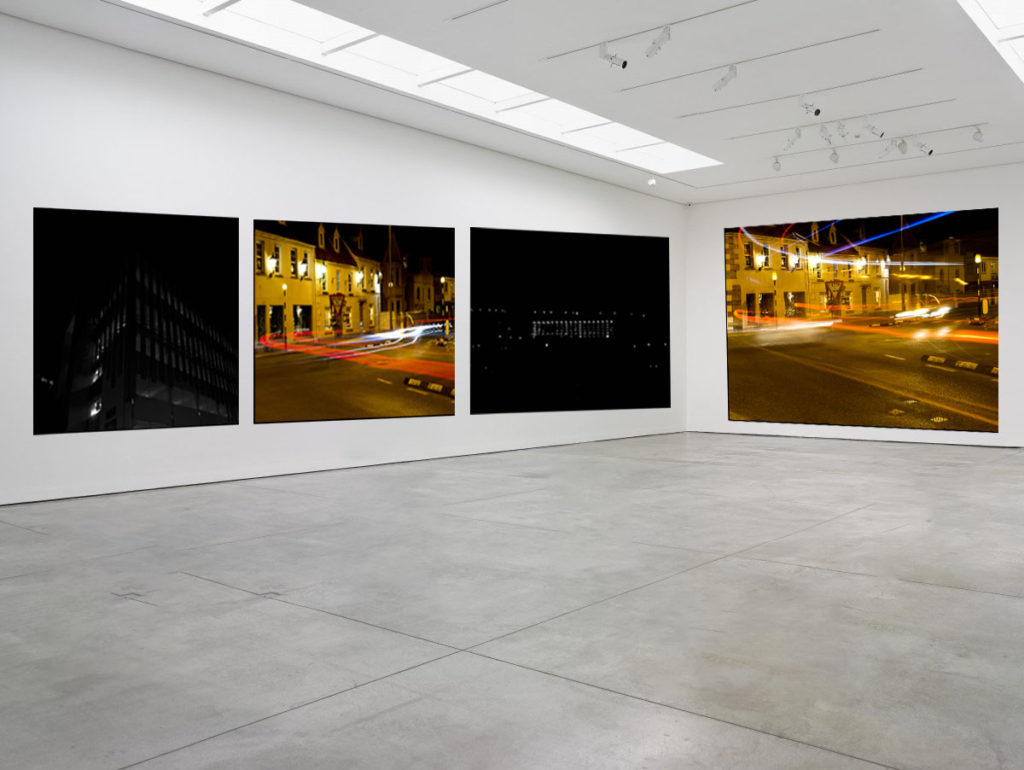


These images are taken from Ronez Quarry, influenced by David Maisel’s Mining Project. There was a fence and overgrown hedges so it was quite hard to get a clear image of the quarry. If I had access to the quarry or a drone then the images would have come out better. However, considering I had limited access I think there are some images that I could select and edit.


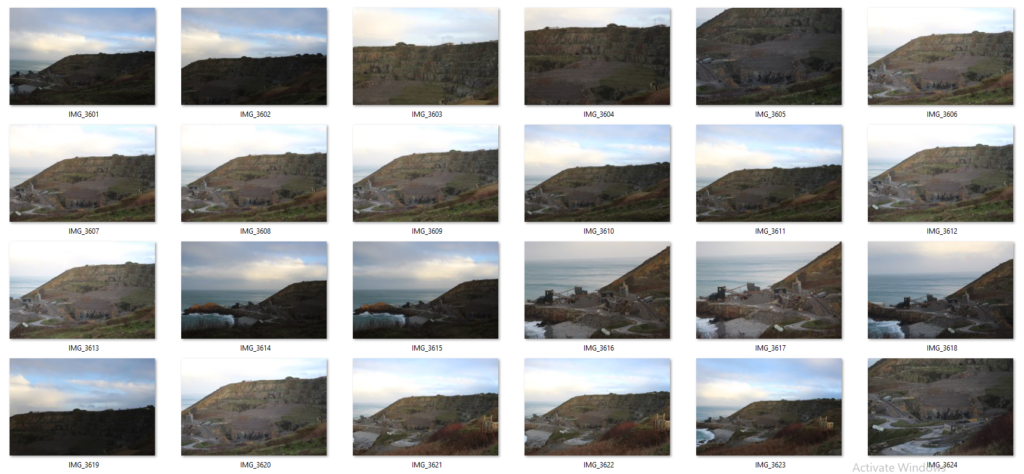

Vilde Rolfsen is a photographer from Norway, Oslo who studied in Kensington University. While living in London she realised the impact we were having on the environment especially the use of plastic bags. In her project ‘Plastic Bags Landscape’ she addresses the detrimental effects of using plastic bags as they pollute our land and oceans. Rolfsen didn’t want her project to be too in-your-face so, she decided by doing a more abstract project as it will have a more aesthetically pleasing feel and look and won’t scare the audience away. Vilde Rolfsen took inspiration from where she grew up, in Oslo, as she wanted the bags too give a look of the mountains and glaciers from back home.
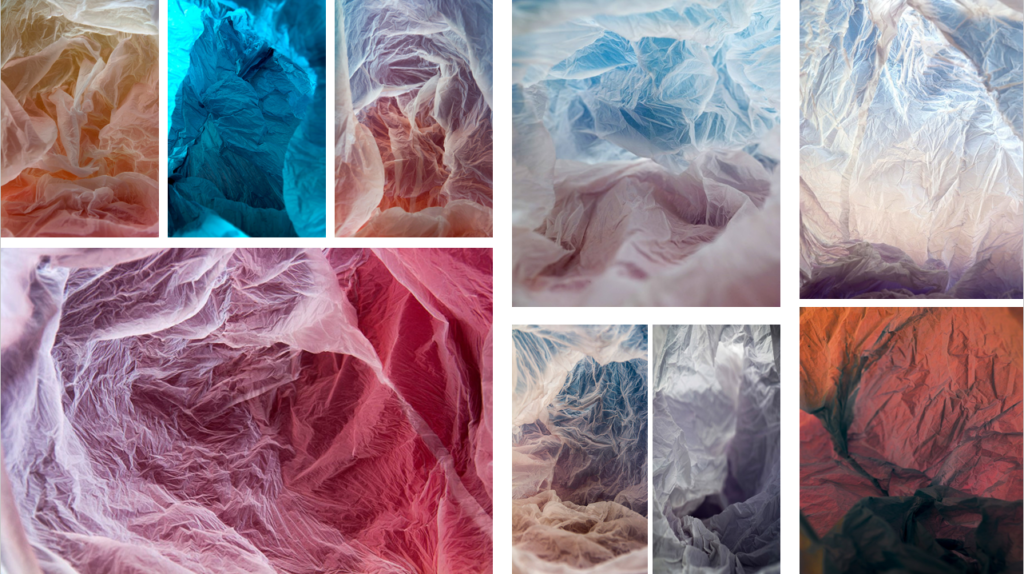
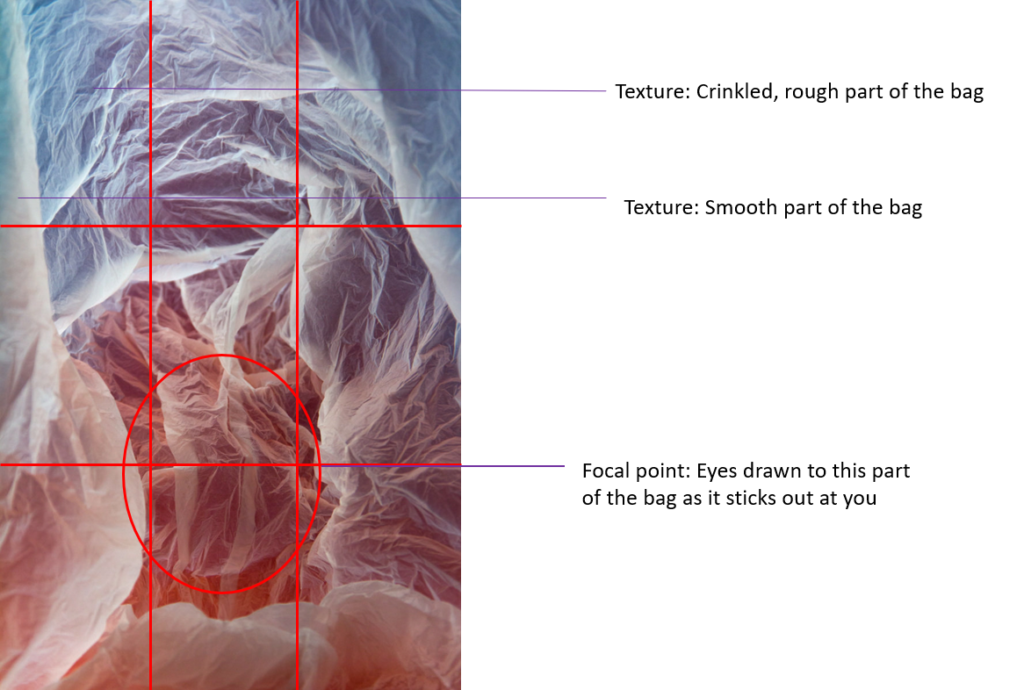
This is a digital image of a plastic bag, the mis-en-scene presents a clear plastic bag that has lights around it to create the different colours seen in the image. There are different tones within the image with the darker tones being around the centre of the image, being the focal point, with the lighter tones on the outskirts of the image. The use of light is artificial to create the different colours, most of the image is in focus suggesting the image was taken with a f/8. Rolfsen has clearly used the rule of thirds, with each third having a different colour wave/tone.

David Maisel is a photographer from New York, he has many concerns about the politics and aesthetics of radically human-altered environments as he explores the relationship between nature and humanity today. His work focuses on how the landscape and terrain is radically being altered and is hidden from us. Maisel’s images shows us what is really going on behind the scenes as our landscapes are being transformed. He takes his images from an aerial view so the audience can see the true drastic effects we our having on the world, which are being hidden from us and how vastly the landscape has been changed.
I have chosen to study David Maisel because when looking through his projects I can see how they relate to the theme of Anthropocene as he shows how landscapes have been radically transformed. I’m going to focus on his mining project as I think the show how drastically our landscapes are being changed to extract minerals and raw materials. In ‘The Mining Project’ I’m drawn to the images with small patches of colour within the images as they have more depth and have a sense of awe surrounding them. In response I’m going to take images of Ronez quarry.
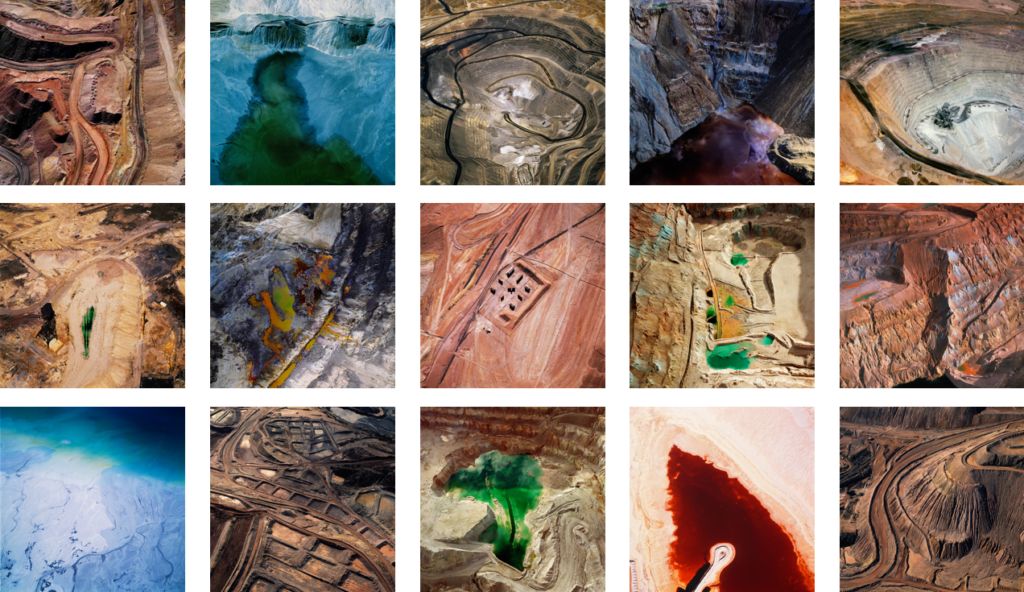
The Mining Project consists of images taken from across the United Sates of sites that have been radically transformed by open pit mining. The Mining Project considers sites like the Berkeley Mine in Butte, Montana, which has an open pit filled with severely poisoned water. Mines from this region are the source of devastating mercury emissions, released when ore is heated during the process of gold extraction. This relates to the theme of Anthropocene as human activity is causing harm to the environment, mainly the food chain because it accumulates in water laid sediments where it converts into toxic methylmercury and enters the food chain.
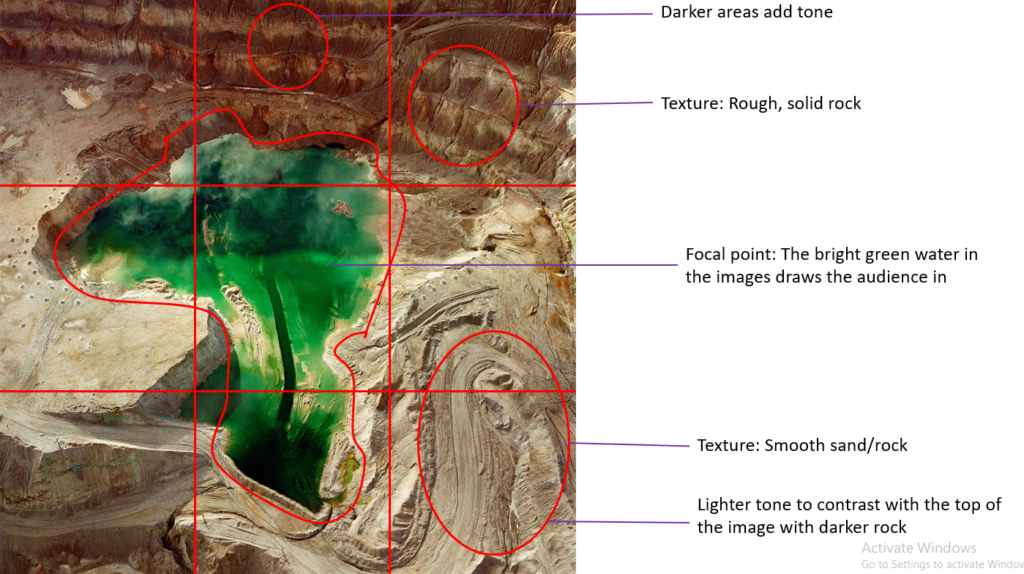
This is a digital image of a mining site in Montana. The mis-en-scene presents Berkeley Mine in Butte, Montana with polluted water in the centre, which is the focal point of the image. Within the image you can see the contrast in the different tones in the rocks throughout the thirds, getting darker as you go up the image. The use of light is natural and is coming in from the bottom of the image creating a small shadow at the top. The photo has been taken from an aerial view looking down at the quarry/mining site. This enables Maisel to get depth in his image. All of the image is in focus suggesting it was taken with a large depth of field.
For my project I am going to take inspiration from ‘The Mining Project’ and take photos of ronez quarry which extract products used for construction around Jersey.

Gustave Le Gray:

Gustave Le Gray was born in Paris in 1820. He took up photography around 1847 and his inventions and photographs became very influential.
The Great Wave, the most dramatic of his seascapes, combines Le Gray’s technical mastery with expressive grandeur. He took the seascape on the Mediterranean coast. You can see that the clouds are cut off where they meet the sea. This indicates that two separate negatives have been joined. The combination of two negatives allowed Le Gray to achieve tonal balance between sea and sky on the final print. It gives a more truthful sense of how the eye perceives nature, rather than the camera.
Dafna Talmor:

Dafna Talmor is a London based photographer who creates collages of different landscapes to to make a staged landscape by, slicing and cutting out the negatives. Dafana Talmor’s constructed landscapes shows the creative process photographers go through to get a final image.
For the ‘Gold Circle’ image it shows many techniques used such as slicing to construct the man made features in the final outcome.
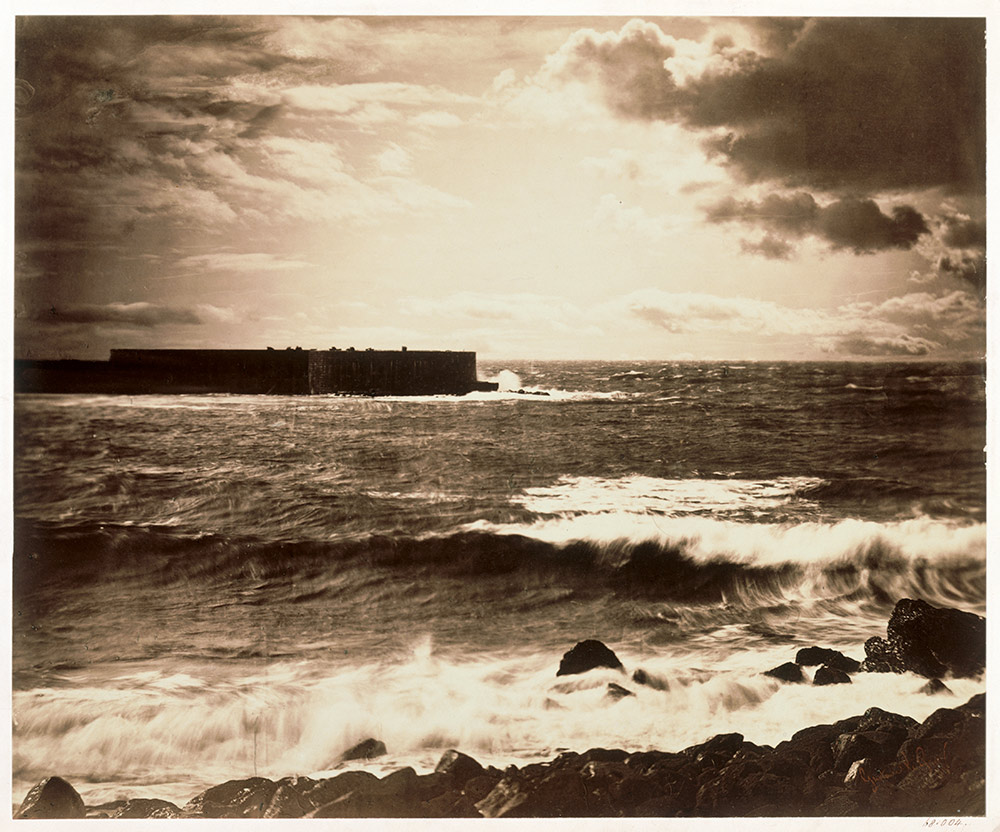
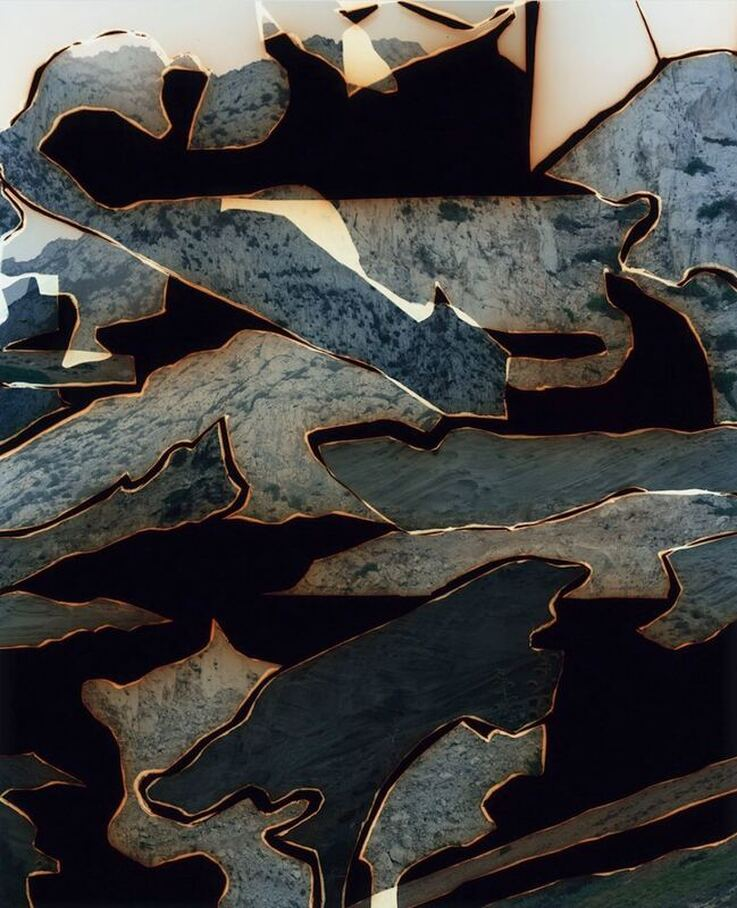
Both of these images could be described as landscape images. ‘The great wave’ describes the landscape as dramatic landscape with the rough sea and the dark, heavy clouds. However the ‘Gold Circle’ describes the landscape as mysterious and creative, leaving the audience wondering what landscapes make up the final image. Both of the images have been manipulated to remove the negatives and are of seascapes. The differences in the images are that ‘The great wave’ is a more stereotypical landscape image made up of the same landscape whereas the ‘Gold Circle’ is more abstract and is a combination of landscapes .
Anthropocene is a period of time which we are currently in as human activities have impacted the environment enough to constitute a distinct geological change. This is evident as earths temperature is rising rapidly every year and is showing no signs of slowing down.



For my final outcome I will do a landscape project and abstract project, looking at the photographers David Maisel and Vilde Rolfsen.
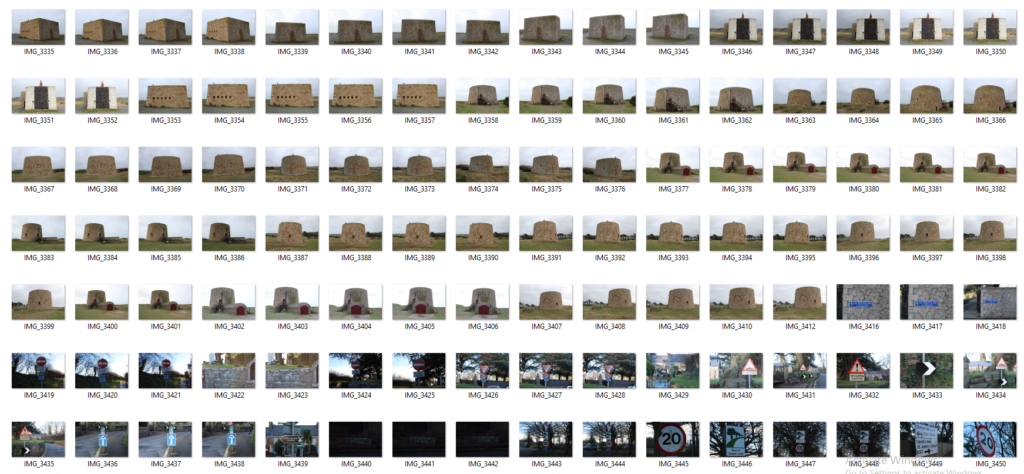










When taking my images I’ll make sure that the sky is plain and that I separate the subject from the sky so my images reflect the work of Bernd and Hilla Becher.
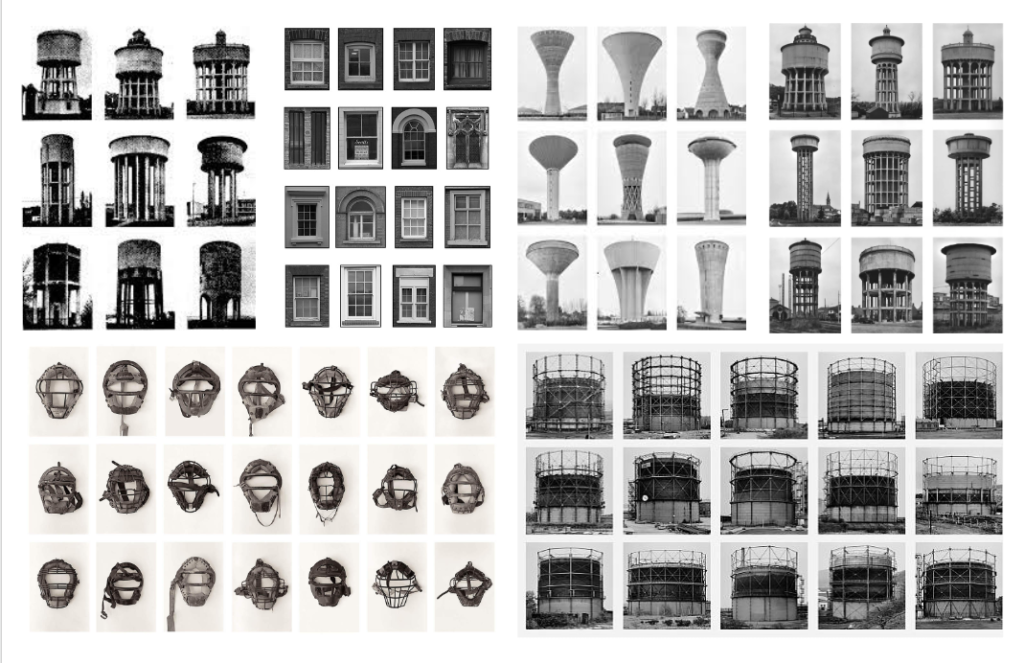
A typology is a system that is used for putting things in to groups based on how similar they are. In photography this can be seen by grouping images of the same or similar objects together that share the same level of high consistency. For example putting images of buildings with the same environment.



Bernd and Hilla Becher were a German couple who took images of the disappearing industrial architecture in Europe and North America. Their photography was very different to other photographer as they started off by documenting the history of German architecture before the structures were removed. Their images would consist of water towers, factories, coal bunkers and other industrial structures. When taking their images they always wanted they sky to be separated from the structure or subject in the image. They also wanted the sky to be plain, so would take their images on an overcast day to make sure the background was clear with no clouds. To make sure the background was clear they would go to the same structure at different times of day and would have to wait for the weather to change. Once they had got all their images they would group their similar images together, in a grid formation, creating many typologies; which can be seen below. The idea of presenting their images in a grid formation was inspired by Karl Blossfeldt as he presented his images of plants in that way.
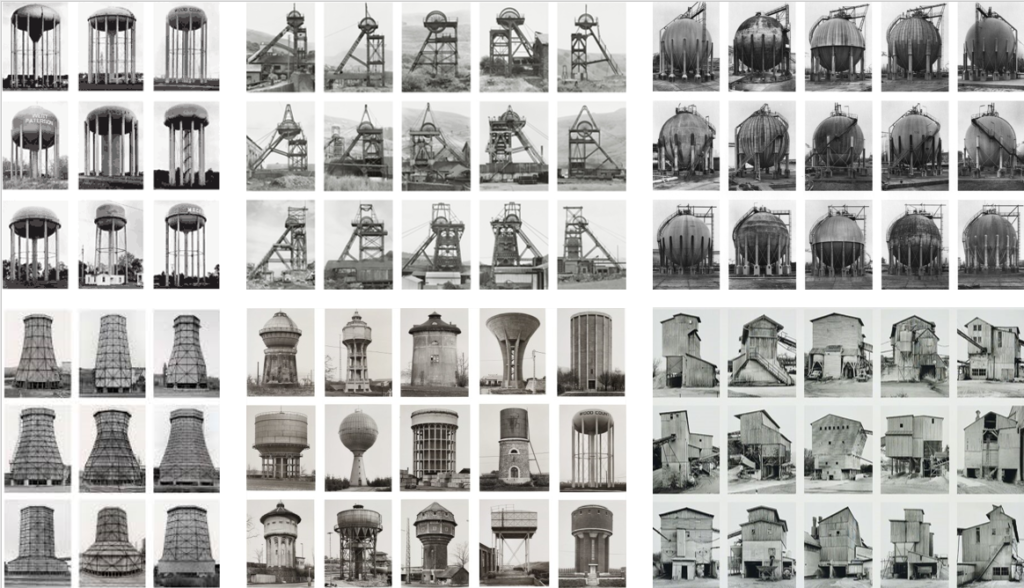

Bauman is a Montana based photographer who specialises in architectural photography such as his well know project 100 Abandoned Houses. His photography has been used by many interior design clients.
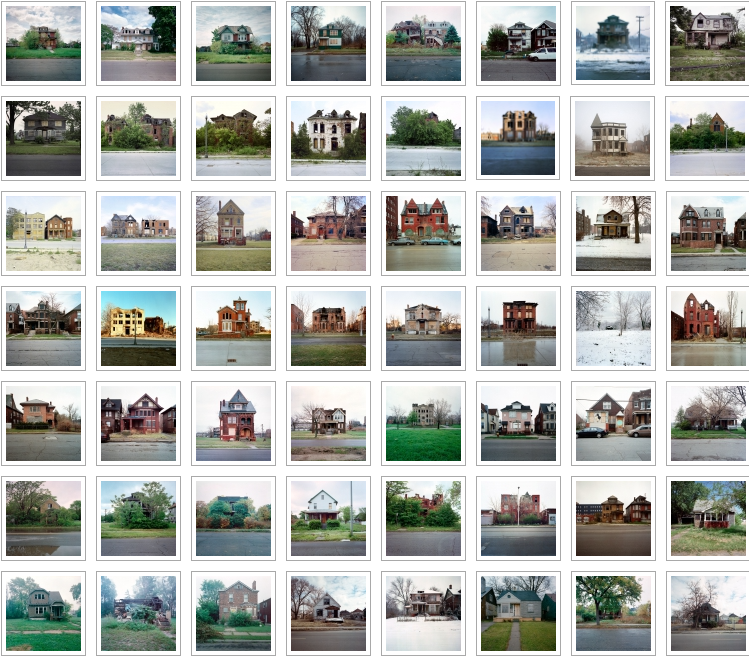
Bauman’s project ‘100 Abandoned Houses’ photography is unique and displays a range of houses in different environments. Kevin Bauman said taking the images were “a way of satisfying my curiosity with the state of my home town. I had always found it to be amazing, depressing, and perplexing that a once great city could find itself in such great distress, all the while surrounded by such affluence.” I like how he has taken something that we see in everyday life and made it fascinating in a way that each individual image leaves the viewer wondering what story the house has.
Karl Blossfeldt was a German photographer who was most well know for his images he took of plants however, he started out as a sculptor. He created typologies out of his natural that he took his images on a camera he made out of wood. Blossfeldt took his images of the plants as he wanted to reveal the essential form of each plant.
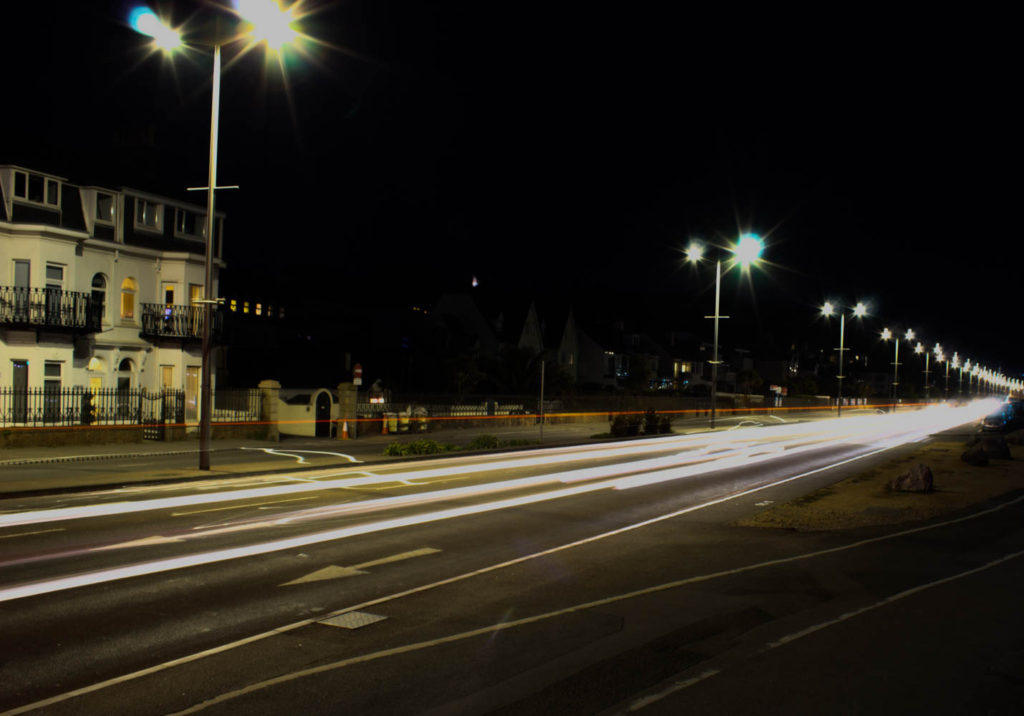
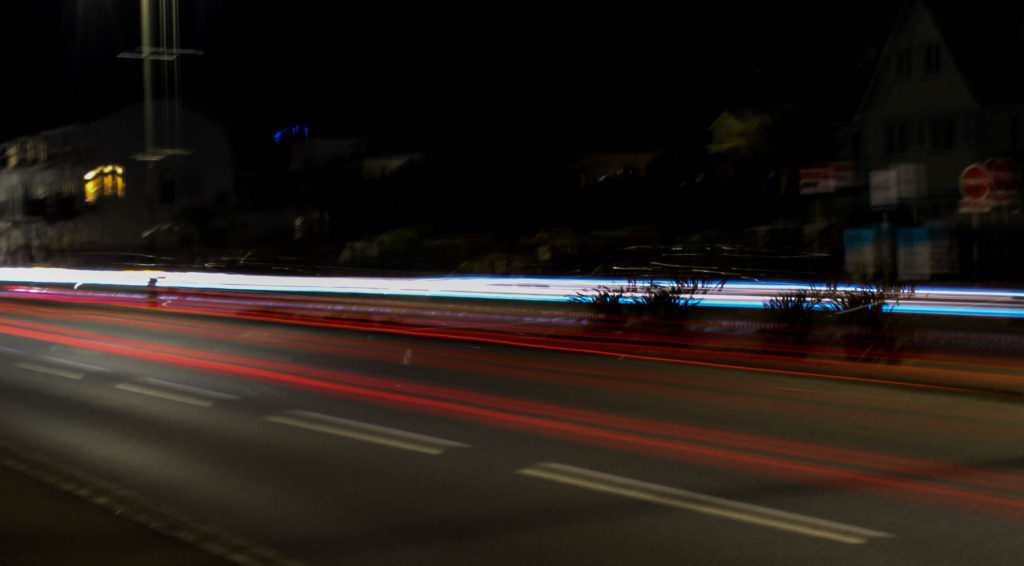
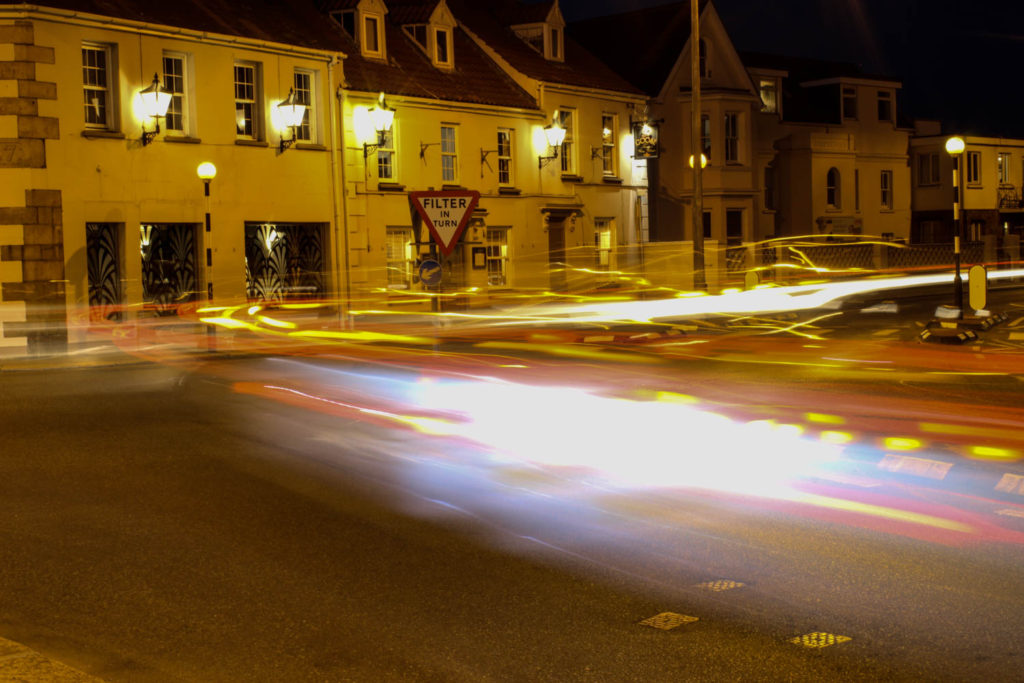
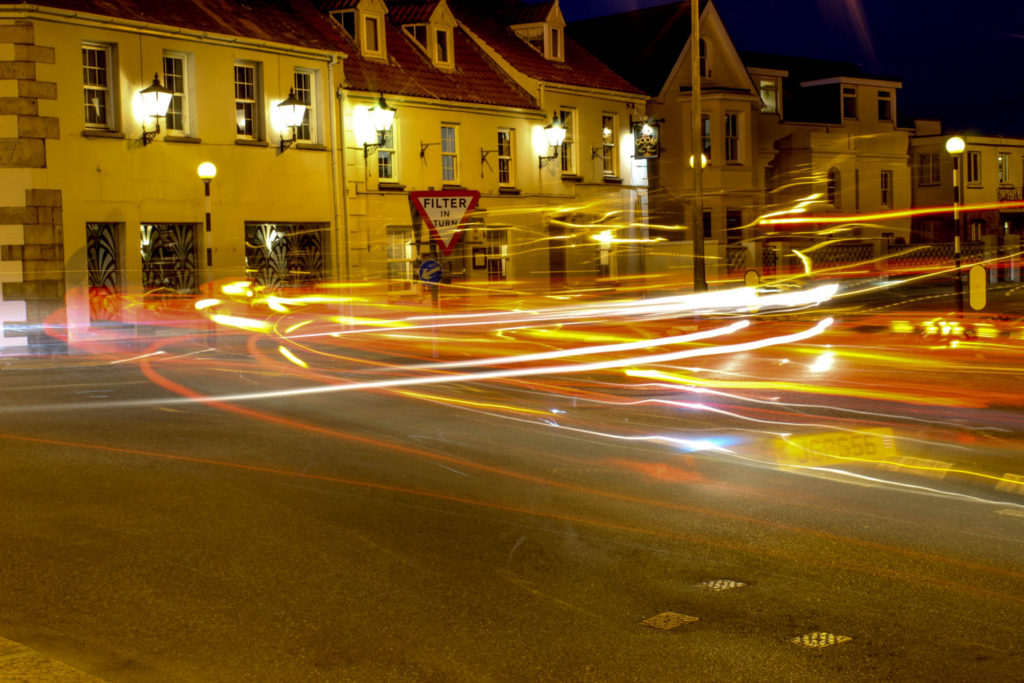
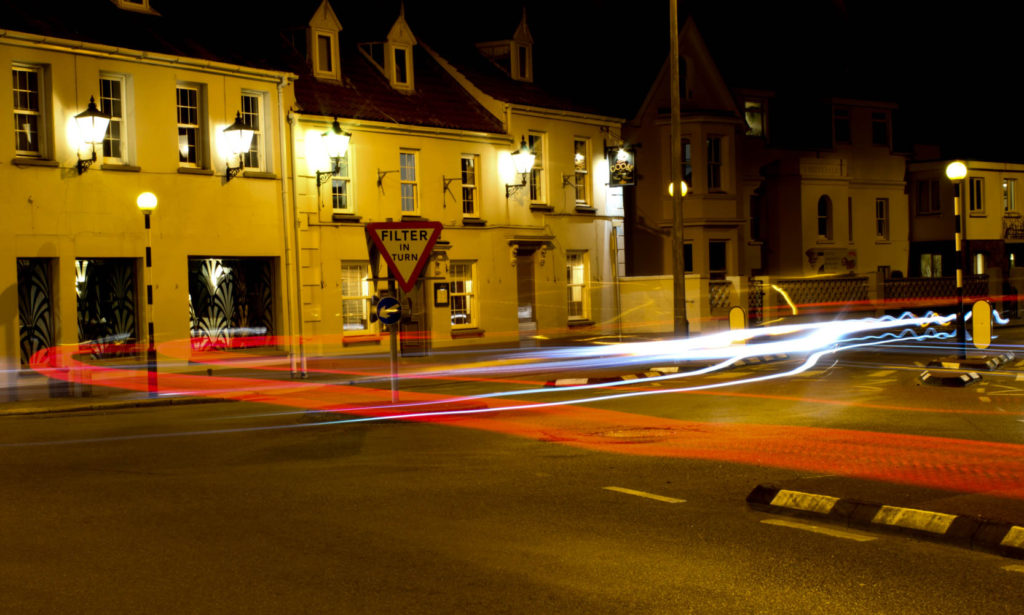
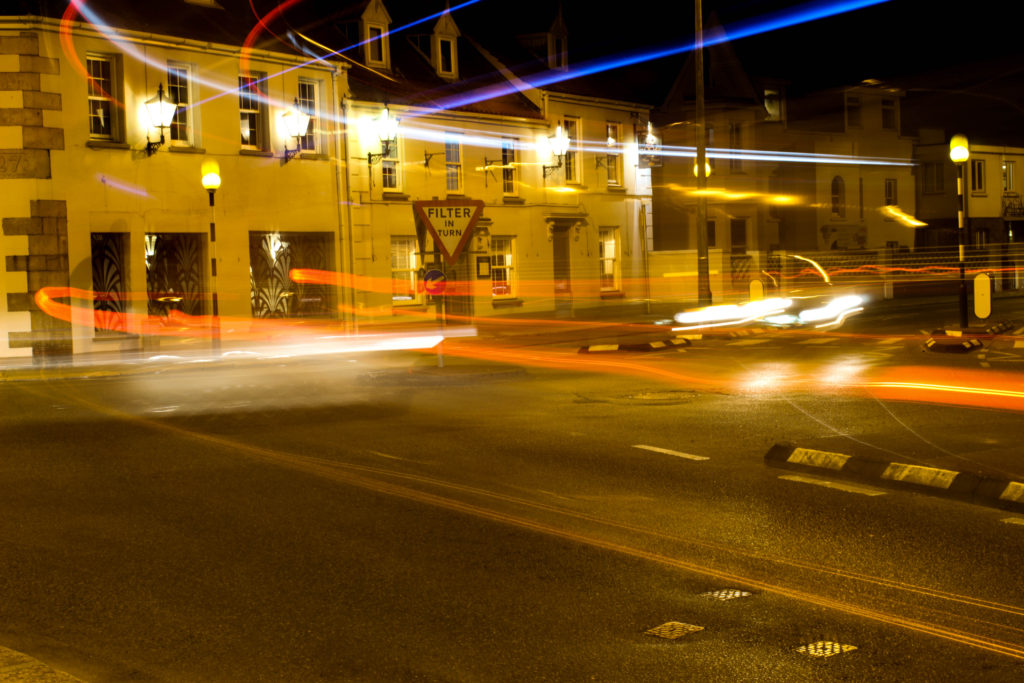
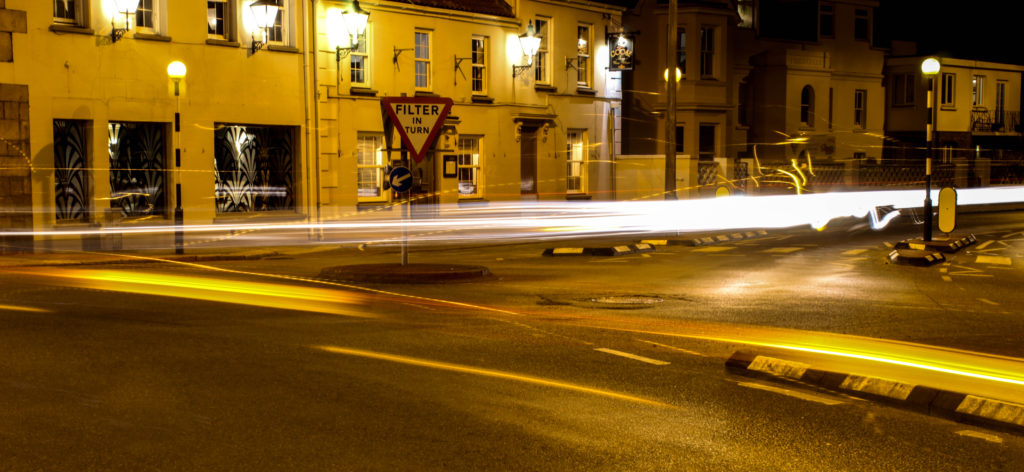
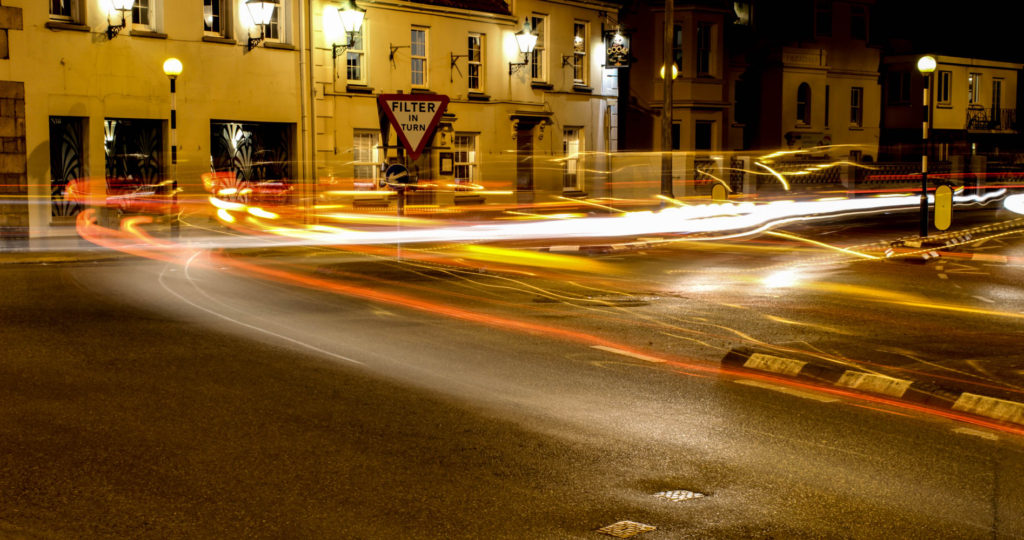
.
